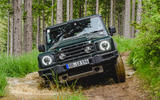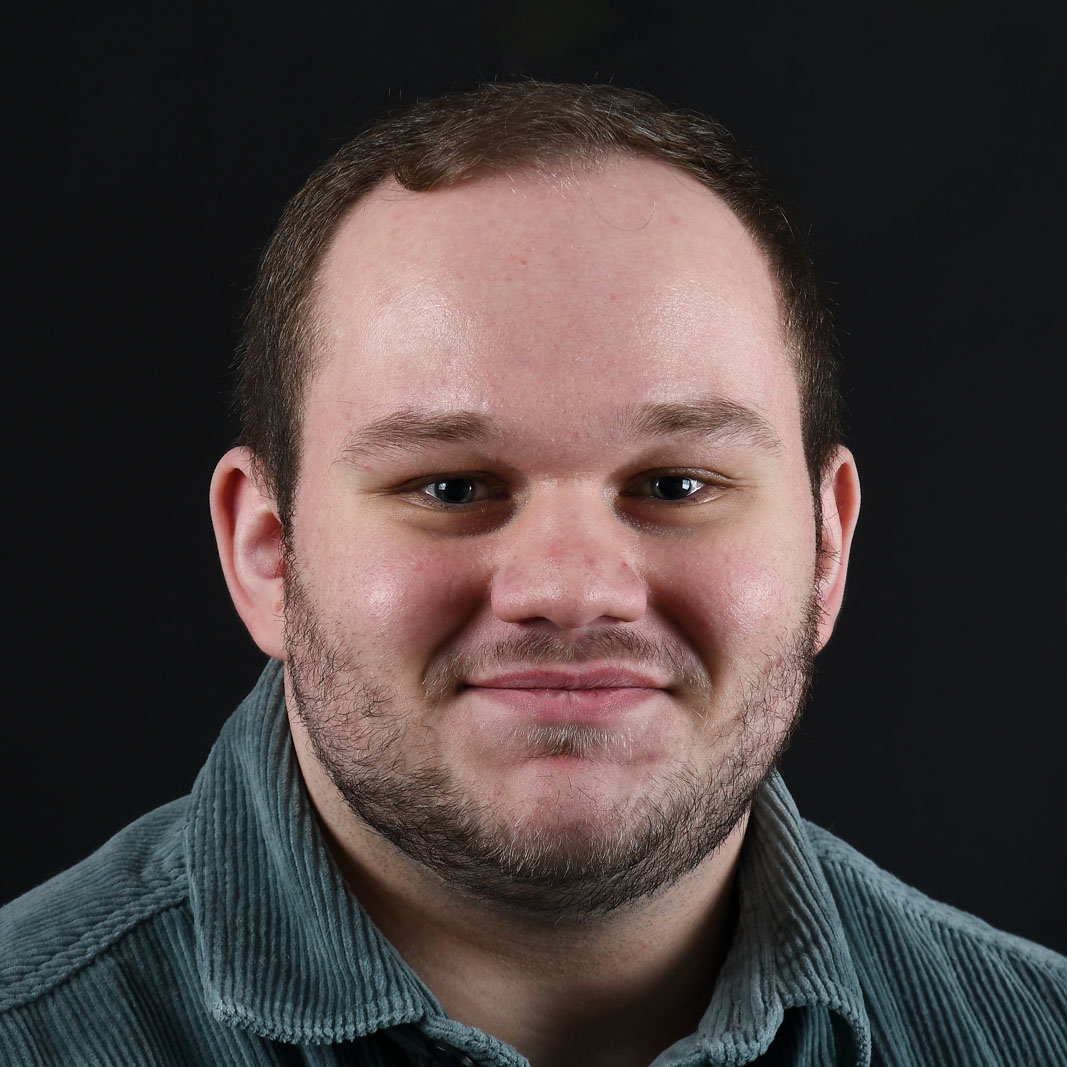Ineos Automotive has revealed a hydrogen-fuel-cell variant of its Grenadier 4x4 at the Goodwood Festival of Speed, intended to prove its commitment to lower-carbon fuels.
It trades the conventional Ineos Grenadier’s choice of BMW-supplied combustion engines for BMW’s latest hydrogen-fuel-cell stack. Ineos told Autocar that this holds 5kg of the fuel, giving a range of around 200km (124 miles) between fill-ups. The firm said it would target 550km (342 miles) in an eventual production model.
The demonstrator uses three electric motors – one up front and one on each rear wheel – producing a claimed 5900lb ft of torque (at the motors) in total. Ineos said it would aim to include an additional motor at the front on a production model, targeting a combined output of 13,276lb ft. However, Ineos would not be drawn on the motors’ power output, saying instead that “the key is torque” for an off-roader.
Read more: Ineos Quartermaster unveiled
According to Ineos, the set-up’s torque-vectoring capabilities provide improved manoeuvrability on the rough stuff, with a tighter turning circle. Such advantages have already been capitalised on in other electrically powered 4x4s. The Rivian R1 and the upcoming Mercedes-Benz EQG can both perform ‘tank turns’, able to rotate at a complete standstill. The GMC Hummer EV, meanwhile, can ‘crab walk’ – driving side to side using vectoring alone, without steering input.
![]()
Switching to a fuel-cell powertrain has not compromised the Grenadier’s capabilities, said Ineos, with the new variant also having completed the same Schöckl mountain pass in Austria that was integral to the development of the ICE model.
Ineos's decision to choose hydrogen over battery-electric is rooted in its chemicals business, because the firm produces 400,000 tonnes of hydrogen annually. Should the Grenadier FCEV receive the production go-ahead – a likelihood, given the firm already notes its ‘power bulge’ bonnet would not be present on a production model, and has divulged target specifications – it would effectively create a virtuous circle for Ineos, boosting demand for its hydrogen.
As previously reported by Autocar, work on the project began with British engineering firm AVL in late 2021 and road testing took place throughout 2022.
![]()
It was originally tipped to use a Hyundai powertrain after Ineos signed a memorandum of understanding (MoU) with the South Korean company to "explore the use" of a FCEV powertrain in the Grenadier. Hyundai has been prolific with FCEVs, selling the Nexo SUV in selected markets and last year showing the N Vision 74 concept, which uses a 62.4kWh battery, a 95kW fuel cell and two motors making a combined 670bhp.
“Our demonstrator proves that the technology is capable,” said Ineos Automotive CEO Lynn Calder, “but what we need now is support from policy makers to help provide the infrastructure for the next generation of hydrogen vehicles.”
Calder said at the Financial Times Future of the Car Conference in May that “the broader the technology options, the better the outcome will be” for reducing the transport sector’s carbon emissions.










Join the debate
Add your comment
BMW doesn't make its own fuel cell stacks - it buys them from Toyota.
So it seems the Grenadier uses Toyota fuel cells.
What a load of rubbish you speak. Mirai is significantly lighter than Tesla Model S, and it has a battery of less than 2kWh
Makes sense to have hydrogen as an option for the future, alongside battery powered vehicles and potentially petrol and diesel. Hydrogen may not be efficient to produce, but if you have an abundance of energy from renewables, that isn't an issue. Plus hydrogen gives a way of storing renewable energy when there is plenty and doesn't come with the weight, rare mineral or degradation issues of batteries. You can also use hydrogen fuel cells as mobile generators to charge BEVs which could work well in more remote locations.
Hydrogen cars don't come with the weight of BEV you say, a Mirai weighs 1950kg. oh and they do have larg'ish batteries with rare minerals.
Yep. But facts just confuse people who have absolutely no interaction with the industry or technology beyond what they read on the internet.
1950kg might confuse you but most people don't have a problem with figures and facts.
Keep digging, tiger ;-)
I'd never dig deep enough to find you, lol